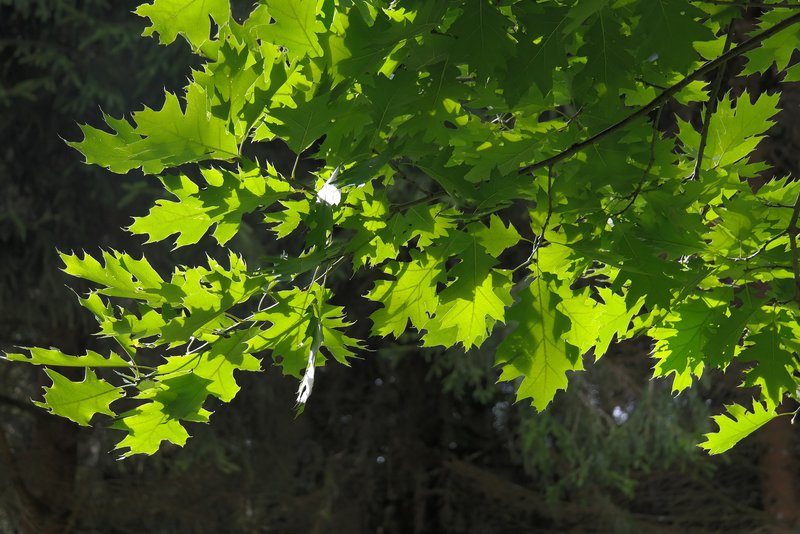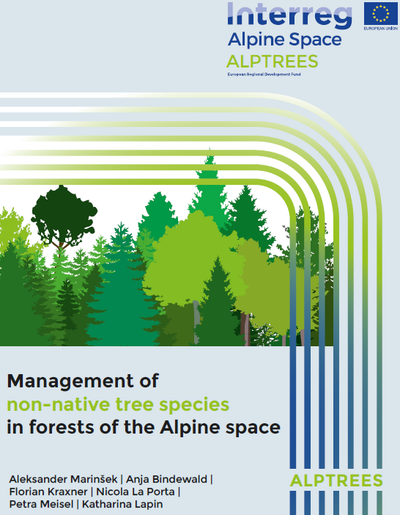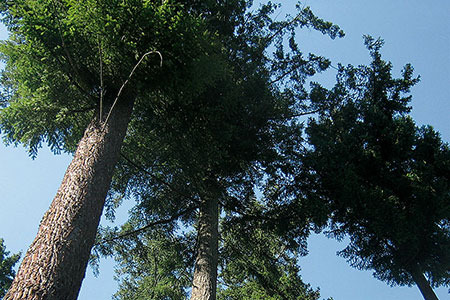Compared to urban areas, where non-native trees predominate, the number of non-native trees in forests in the Alpine region is relatively small. According to estimates, European forests consist on average of about 4% non-native trees. Of these, in turn, only about 5% (i.e. a total of 0.2%) are invasive, which means that if they become established and spread, they pose a risk to native biodiversity.
Risk assessment depending on location
Given the impact of climate change on forests and urban areas, non-native tree species will become more important because they may be better adapted to future climatic conditions. "In such critical and sensitive ecosystems as the Alpine region, potential risks and benefits need to be weighed particularly thoroughly before decisions are made," says Katharina Lapin of the Austrian Research Center for Forests (BFW).
After all, climate change is also altering the characteristics of already established non-native tree species to the extent that some of them have only become more competitive and invasive under the new altered climate conditions, especially where native tree species can no longer thrive optimally in their natural forest habitats due to climate change.
Step-by-step guide
The ALPTREES team, consisting of project leader BFW and eleven partners, has therefore developed a method for site-specific risk assessment. Stakeholders from forestry, nature conservation, and spatial and urban planning can use a step-by-step guide to distinguish between negative and positive impacts of non-native tree species on ecosystem services.
The guide serves as a decision-making tool for selecting sites, non-native tree species, and silvicultural measures to limit associated risks. In general, integration of non-native tree species into mixed forest stands with native species is easiest when the ecological characteristics of the introduced non-native tree species are similar to native species and the non-native tree species do not exhibit strong dominance behavior.
Example red oak
Red oak is a different case: Although it is considered one of the promising "alternative" tree species, its invasive potential should be noted. It tolerates summer heat much better than most native tree species and is also highly drought resistant. In native oak and oak-hornbeam forests, red oak tends to suppress the natural regeneration of native tree species. Therefore, it should only be introduced in mixed stands; monocultures should be avoided.

Red oak tolerates summer heat much better than most native tree species and is also highly drought resistant. Photo: Pixabay
Extensive information portal of ALPTREES
The ALPTREES project (code ASP791) was co-funded by the European Commission under the INTERREG Alpine Space funding program. Furthermore, identification and management manuals, which are available for download, as well as an online course on non-native tree species, have been produced.


